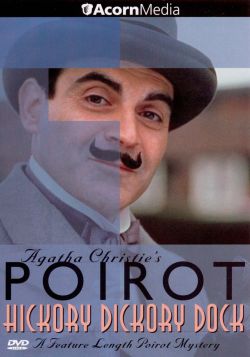Ten months ago, we arrived to Finland. I had my fair share of preconceived notions about this country. The top five of them were:
- It’s too dark most of the time.
- It’s too cold most of the time.
- It’s uncomfortably close to Russia.
- It’s too expensive.
- Its language is impenetrable.
Well.
Now I can confirm, it’s all true. And if the first two factors feel somewhat alleviated right now (temperature is in double figures and astronomical twilight has disappeared), you can’t do much about the large and increasingly unpleasant country at the east. And prices on practically everything are so high it almost physically hurts. To give you an idea... take any Spanish price and multiply it by three. If there ever was a good time and place to teach our kids the concept of euros per kilo/litre, that was it.
Learning the language is tough but not impossible. Why, I’ve just seen the book entitled Punainen kortti in the lobby of my hotel (yes, the traditional mini-library of books in obscure languages left behind by retreating North European tourists) and immediately known what that means. I guess if I’ve spent here ten years rather than ten months, I probably would be able to converse in vernacular. As it happens, I am no longer there. Finns themselves realise how difficult their language is. I suppose that’s why the free Finnish courses are on offer. Most people in their forties and younger here speak very decent English. Thanks to that, dealing with schools, police, bank clerks, tax office etc. is much easier in Finland than, say, in Spain or Italy.
Mind you, all these generalisations are based on our life near Porvoo. To be more precise, in the middle of the forest not that far from Porvoo. As generalisations go, they are probably closer to “average” Finnish reality compared with those based on life in Helsinki. But I did not live in Helsinki.
Earlier this year, Michael Booth wrote an article for The Guardian which managed to piss off every Nordic nation. What he says about Finland seems to be true though. It’s up to you to decide whether you would love or hate that “They’re not big on chat” or that “the place appears to be 99% trees”.
Porvoo (Borgå) is a pleasant historic town, which I grew to regard as the Finnish equivalent of Saffron Walden. In contrast to Saffron Walden, there is a river to speak of (I like its Swedish name, Borgå å) and the charming waterfront. Just like Saffron Walden, it is too close to the capital, so nothing epic, such as Leningrad Cowboys shows, seems to happen here. On the other hand, there is an awful lot of education for such a low-key place. In addition to the aforementioned Finnish courses, we went to the evening Spanish class, just to keep the language alive. And the Porvoo City Library is the best public library I ever used. (Take that, Cambridge.) I am going to miss it.
I can’t say much about Porvoo’s gastronomical scene: of its many restaurants we visited exactly one and only once, for Timur’s birthday. The food was good enough but the bill was exorbitant, or so I thought until we had a couple of drinks at the Vantaa airport.
It is not easy to make friends in this country, especially if you live in the forest. (I don’t regard our regular visitors, a red squirrel and a woodpecker, as friends.) But you should try. If anything, it will help you to survive. As Alexander Stubb, Finland’s minister for European affairs and foreign trade, put it,
There is nothing fake about the average Finn: what you see is what you get.
I think we not only have survived but made some good friends in Finland.
Heippa, Porvoo.
































